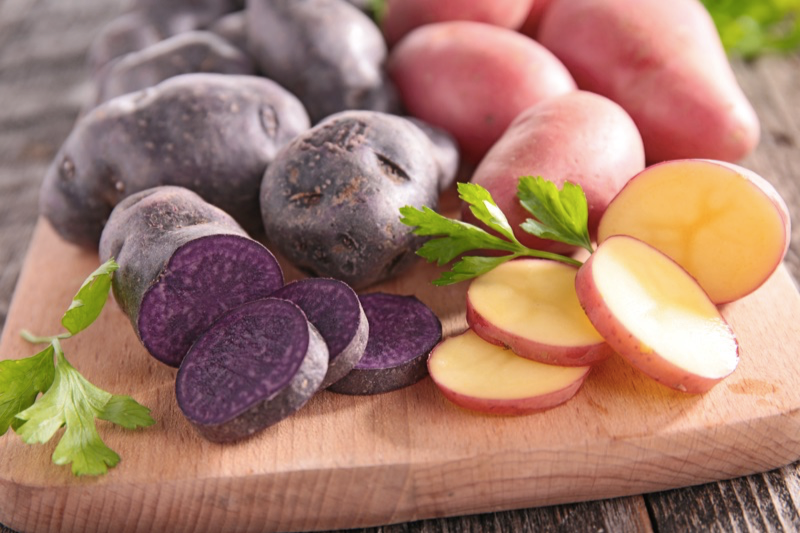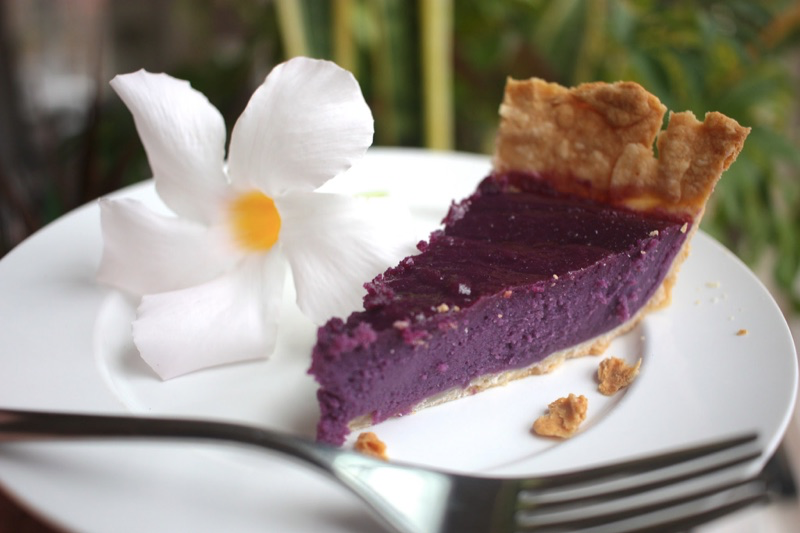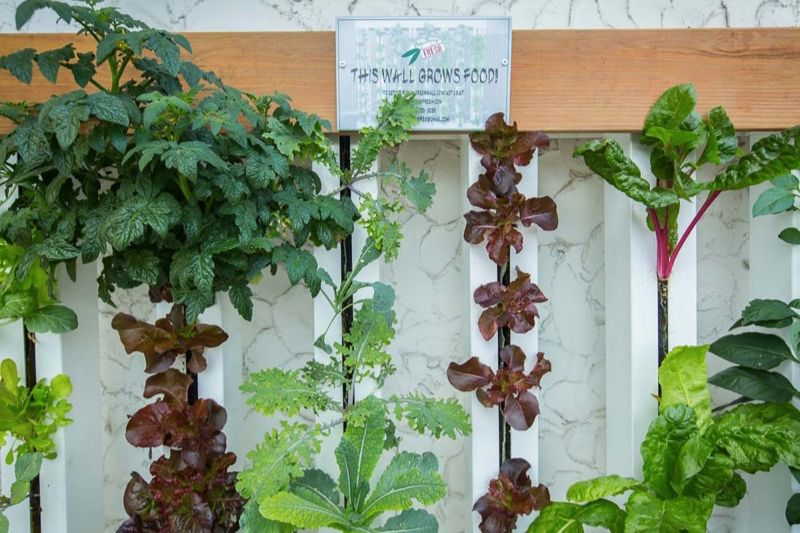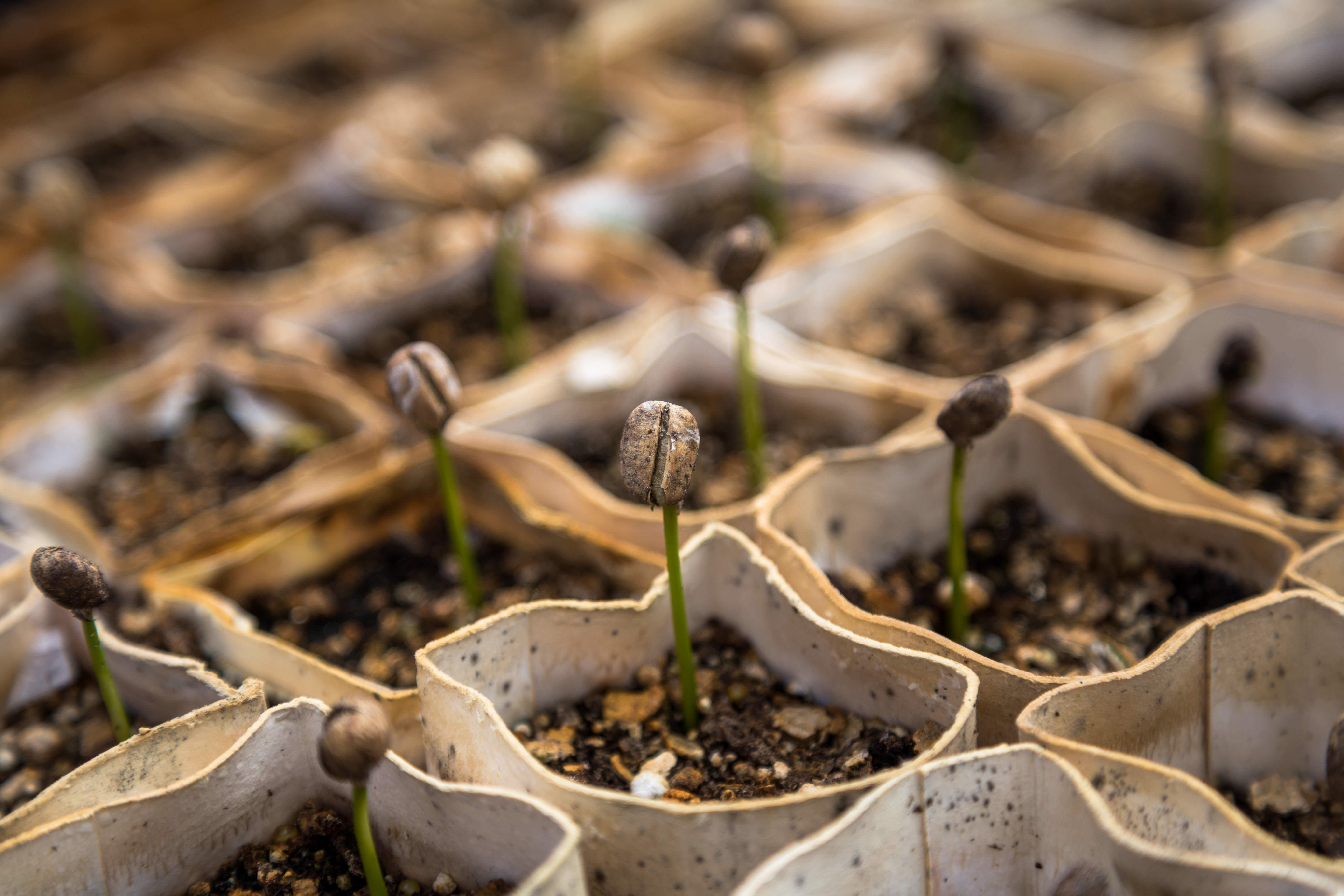Polyponics is a Circle of Life. Everything in the system works together to help the next in line.

Polyponics Explained
Plants, worms and fish work codependantly to create delicious food. Water is cycled from a fishtank to the plants, where the worms are happily living in the soil, via tubing and waterpump. The plants get some of the vital nutrients they need naturally from fish feces. During this process the water goes through a natural filtration process by the plants roots. From there it passes through a secondary filter to guarentee fresh water for the fish. It is then collected back into the fish tank to start all over. Click the link below for exact specifications.






